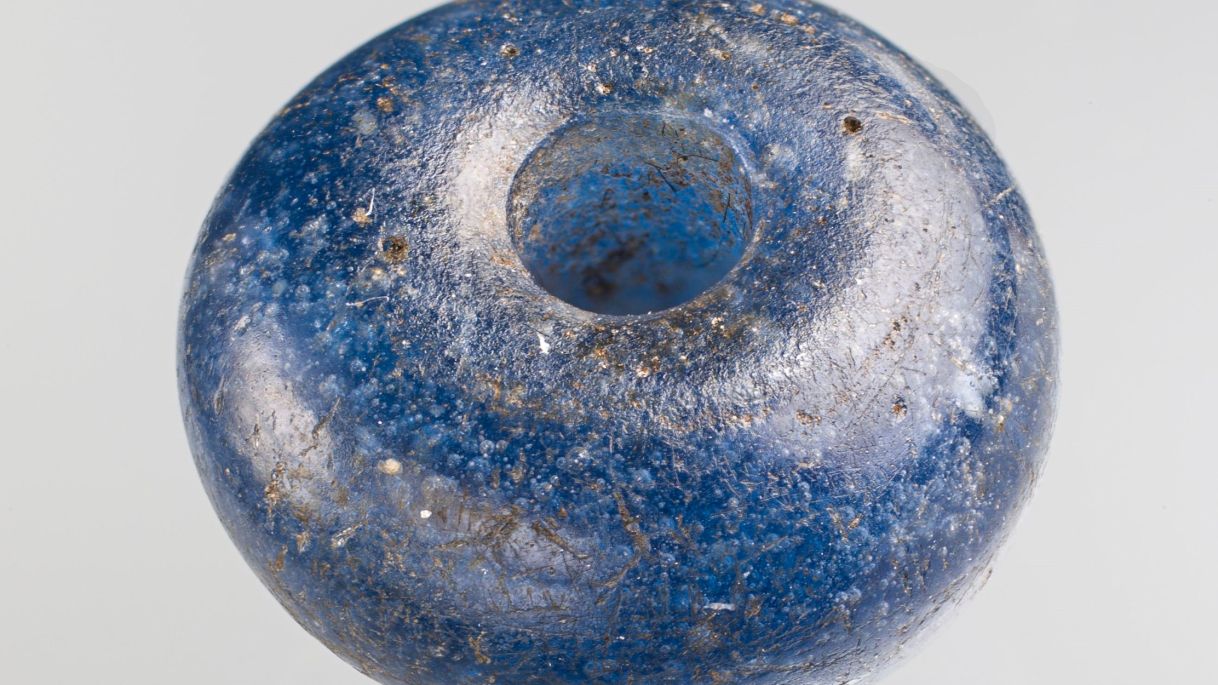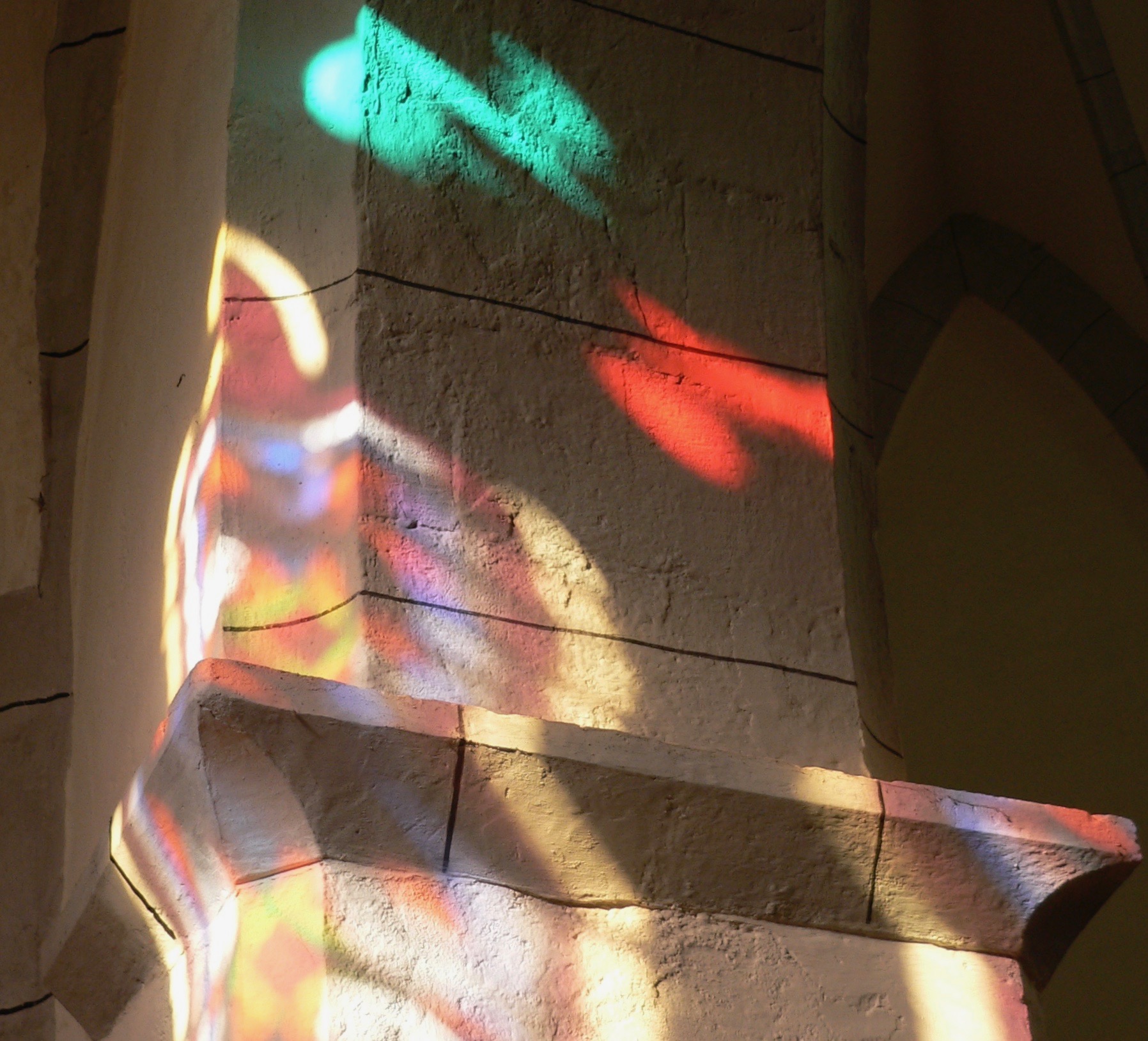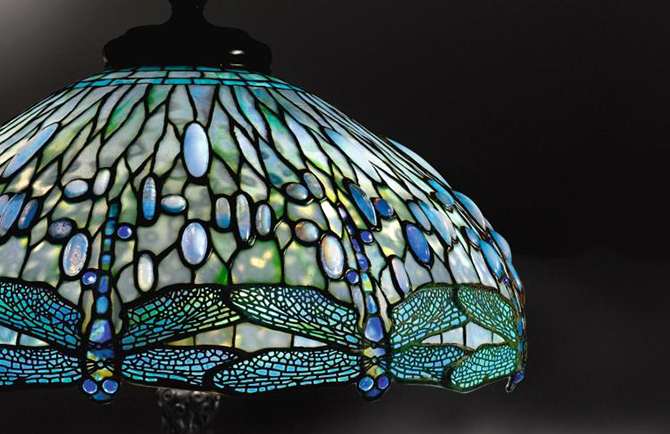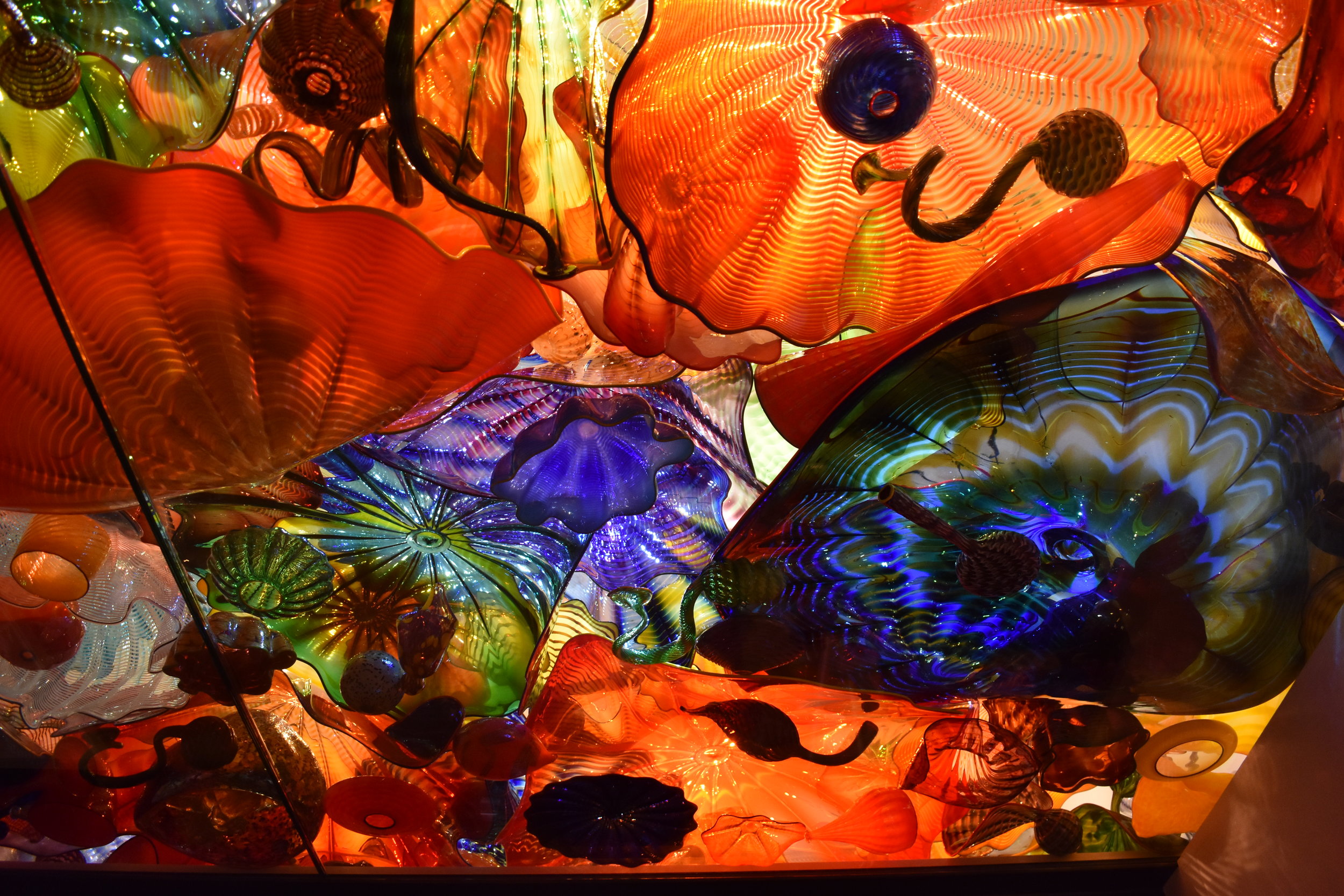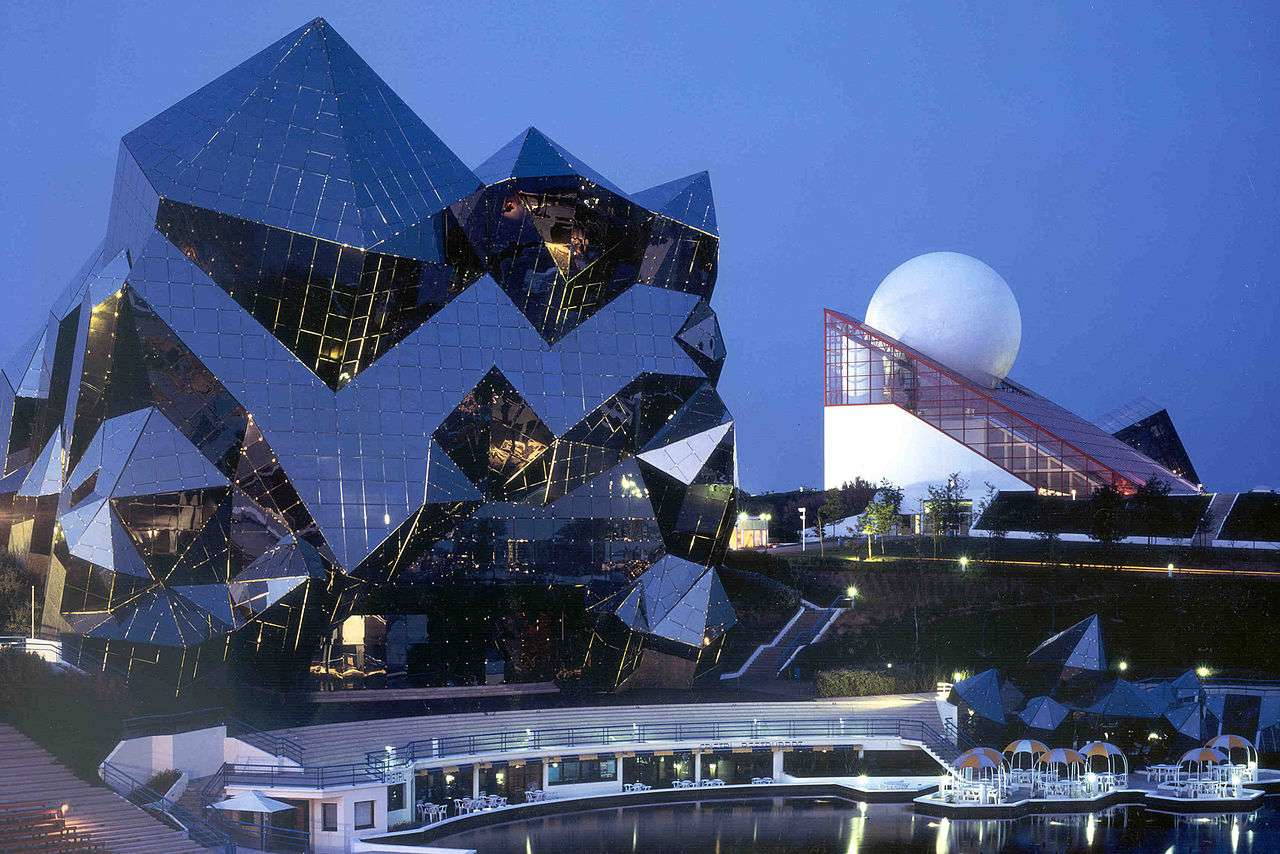The "Peace" of Glass
/By diderot
April 13, 2019
aybe it happened like this—we can’t be sure.
Twenty-five million years ago, a gargantuan meteor hurtled toward Earth, violently sizzling as it raced through our atmosphere. The searing heat and pressure were too much—the meteor exploded like an atomic bomb, propelling huge slabs slamming into the Sahara Desert. At impact, the fire and force created cauldrons in the sands beneath. And thus, something entirely new was created.
There was glass.
It wasn’t until 1932 that a British explorer noticed something crunchy underfoot as he walked across Libya. He sifted the sand and surprisingly found yellowish green fragments that came to be known as desert glass. He believed he had “discovered” this astounding substance…but in fact, identical glass adorned a necklace worn by King Tut when he was entombed three thousand years earlier. Human fascination was not new.
Glass is a substance for which there is no substitute. It transports; it transfixes. It can be transparent or translucent or opaque. When it’s ground precisely, it improves our ability to see around us…across the heavens…or into minute worlds otherwise invisible to the naked eye. It lets us view the weather outside while protecting us from it. And it helps us see clearly in another way; if it’s silver-backed, it mirrors the inerrant truth of how the world sees us.
Through recorded time, glass has remained a preferred method of projecting both image, and self-image.
Drop a glass on tile and it shatters. If those shards are thrown back into the kiln, they can melt and be reformed. But left alone, no one knows how long glass will last. It has never decomposed.
Our connection to glass defies scientific or psychological explanation. It offers fascination, permanence—and an eerie form of peace.
Glass is our window to forever.
Have a comment or thought on this? Just hit the Your Turn tab here or email us at mailbox@cascadereview.net to have your say.



